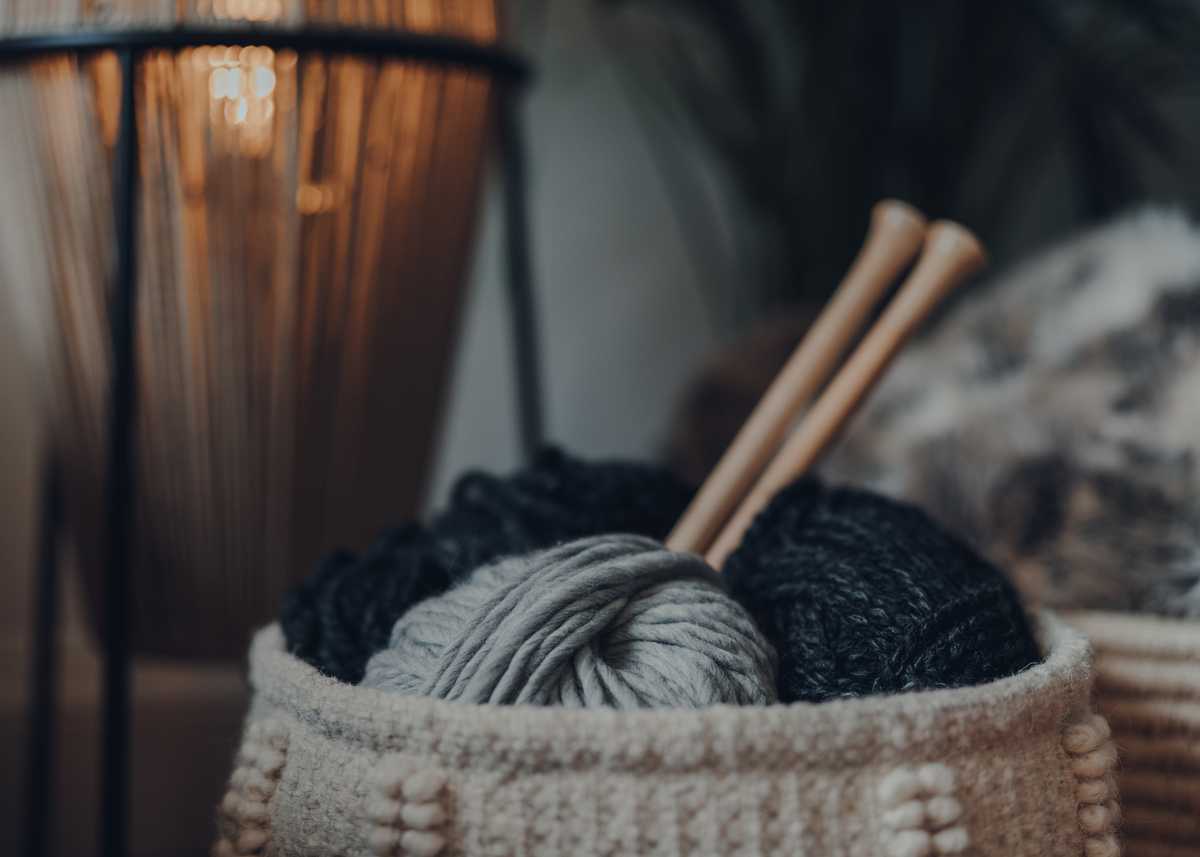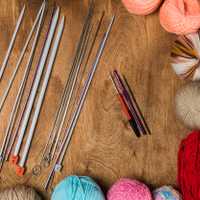Six Tips To Improve Photos Of Children
six tips to improve photos of children
Six Tips To Improve Photos Of Children
By Marcus Clark
Six Tips To Improve Photos Of Children
By Marcus Clark
-
GET DOWN TO THEIR LEVEL
Don't stand up to take a photo of a knee-high child. The perspective is all wrong. Go down on your haunches, kneel like a proposal, sit on the floor, lie on the floor, but don't stand up. Immediately your photos will improve. Don't try fit the whole child in every shot. Move in, or zoom in to the face, the top half of a child makes the best photos.
- ASK THE CHILD TO DO SOMETHING
Play a game. Can you see a spider on the wall? How high can you count? What letter comes after D? If you were going to hide in this room, where would you go? What is the name of your best friend? Which toy do you like best? Can you stand on one leg?
By keeping the child mentally or physically occupied they will have a more natural expression, and you'll get more photo opportunities. Once they are busy, snap the photos, don't lose the chance.
- DON'T STOP AT ONE OR TWO PHOTOS
Take a lot of shots, some will have closed eyes, some will have a silly expression, some will be unfocused, some will be looking the wrong way. Learn to set your camera to take continuous shots. Now that we don't have to pay for developing, it is just a matter of deleting what you don't want. It is so disappointing to take a great shot- one you might never have a chance to take again- only to see on the large screen, they had their eyes closed. Don't trust the camera screen unless you fully enlarge it, but even then you can miss something. It is easier and safer to take multiple shots.
You need to know how to set the camera to take multiple photos with one squeeze of the button. See tip six.
- DON'T PRESS THE SHUTTER BUTTON!
If you press the shutter button like a TV remote, you will be jerking the camera just as you are taking the photo. You must learn to SQUEEZE the button as if it were a ripe tomato, gently. There is something else you need to be aware of: when the shutter button is pushed half-way down, it focuses the lens. Ideally you squeeze it to the half-way position, wait a quarter of a second for the camera to focus, then squeeze all the way. Yes, you can just squeeze it all the way in one motion if you want to, the important thing is a gradual squeeze, not a sudden push.
- USE FLASH OUTDOORS
On a bright sunny day you need flash most of the time when photographing faces. Have you ever seen (or taken) a photo of someone's face, the nose in full sunlight, the eyes in deep shadow? Horrible, most horrible. Turning the flash on gives the face an even brightness. This is what the pros do, one way or another. They certainly don't have part of the face in sunlight, like you will see in many home photos. A simple trick is to get child in the shade, and use the flash. If you are taking a photo with the sun behind the child, use flash. This is called Fill-in Flash, Force Flash, or Flash-on, depending on the camera. To get this right, you might need to experiment a little, and you'll need to obey the final tip.
- READ THE CAMERA MANUAL
Learn what the buttons do! You don't have to read every page, but you should know the basic things. For example: how to turn the flash ON when outdoors. How to turn the flash OFF if you are in a church, museum or similar.
If you learn to use the ISO control, this will be a big help when you are in poor light. With child photography, an 'action/ sports' setting will be helpful if they are moving outdoors. But when indoors, a moving child is hard to photograph on auto setting. It will usually come out blurred unless you know how to increase the ISO and the shutter speed. Flash doesn't help because the camera will probably decide to use 1/60th of a second, which is not going to cut it with a running child.
Follow these tips and you are sure to get better photos. Children grow up very quickly, so keep up with their growth, it will never happen again.
And one final tip: delete the poor quality photos! Don't show them to anyone. Just get rid of them, bad photos drag your collection down. And if children or adults see them, they are going to be wary about being photographed. Learn from mistakes - but don't show them - and you will be a better photographer.
Marcus Clark is an enthusiast photographer. He has taken thousands of photos in his quest to capture that perfect expression, the wonderful view, that precious moment.
http://www.kenrockwell.com/tech/fill-flash.htm
Article Source: http://EzineArticles.com/?expert=Marcus_Clark
- GET DOWN TO THEIR LEVEL
Don't stand up to take a photo of a knee-high child. The perspective is all wrong. Go down on your haunches, kneel like a proposal, sit on the floor, lie on the floor, but don't stand up. Immediately your photos will improve. Don't try fit the whole child in every shot. Move in, or zoom in to the face, the top half of a child makes the best photos.
- ASK THE CHILD TO DO SOMETHING
Play a game. Can you see a spider on the wall? How high can you count? What letter comes after D? If you were going to hide in this room, where would you go? What is the name of your best friend? Which toy do you like best? Can you stand on one leg?
By keeping the child mentally or physically occupied they will have a more natural expression, and you'll get more photo opportunities. Once they are busy, snap the photos, don't lose the chance.
- DON'T STOP AT ONE OR TWO PHOTOS
Take a lot of shots, some will have closed eyes, some will have a silly expression, some will be unfocused, some will be looking the wrong way. Learn to set your camera to take continuous shots. Now that we don't have to pay for developing, it is just a matter of deleting what you don't want. It is so disappointing to take a great shot- one you might never have a chance to take again- only to see on the large screen, they had their eyes closed. Don't trust the camera screen unless you fully enlarge it, but even then you can miss something. It is easier and safer to take multiple shots.
You need to know how to set the camera to take multiple photos with one squeeze of the button. See tip six.
- DON'T PRESS THE SHUTTER BUTTON!
If you press the shutter button like a TV remote, you will be jerking the camera just as you are taking the photo. You must learn to SQUEEZE the button as if it were a ripe tomato, gently. There is something else you need to be aware of: when the shutter button is pushed half-way down, it focuses the lens. Ideally you squeeze it to the half-way position, wait a quarter of a second for the camera to focus, then squeeze all the way. Yes, you can just squeeze it all the way in one motion if you want to, the important thing is a gradual squeeze, not a sudden push.
- USE FLASH OUTDOORS
On a bright sunny day you need flash most of the time when photographing faces. Have you ever seen (or taken) a photo of someone's face, the nose in full sunlight, the eyes in deep shadow? Horrible, most horrible. Turning the flash on gives the face an even brightness. This is what the pros do, one way or another. They certainly don't have part of the face in sunlight, like you will see in many home photos. A simple trick is to get child in the shade, and use the flash. If you are taking a photo with the sun behind the child, use flash. This is called Fill-in Flash, Force Flash, or Flash-on, depending on the camera. To get this right, you might need to experiment a little, and you'll need to obey the final tip.
- READ THE CAMERA MANUAL
Learn what the buttons do! You don't have to read every page, but you should know the basic things. For example: how to turn the flash ON when outdoors. How to turn the flash OFF if you are in a church, museum or similar.
If you learn to use the ISO control, this will be a big help when you are in poor light. With child photography, an 'action/ sports' setting will be helpful if they are moving outdoors. But when indoors, a moving child is hard to photograph on auto setting. It will usually come out blurred unless you know how to increase the ISO and the shutter speed. Flash doesn't help because the camera will probably decide to use 1/60th of a second, which is not going to cut it with a running child.
Follow these tips and you are sure to get better photos. Children grow up very quickly, so keep up with their growth, it will never happen again.
And one final tip: delete the poor quality photos! Don't show them to anyone. Just get rid of them, bad photos drag your collection down. And if children or adults see them, they are going to be wary about being photographed. Learn from mistakes - but don't show them - and you will be a better photographer.
Marcus Clark is an enthusiast photographer. He has taken thousands of photos in his quest to capture that perfect expression, the wonderful view, that precious moment.
http://www.kenrockwell.com/tech/fill-flash.htm
Article Source: http://EzineArticles.com/?expert=Marcus_Clark




